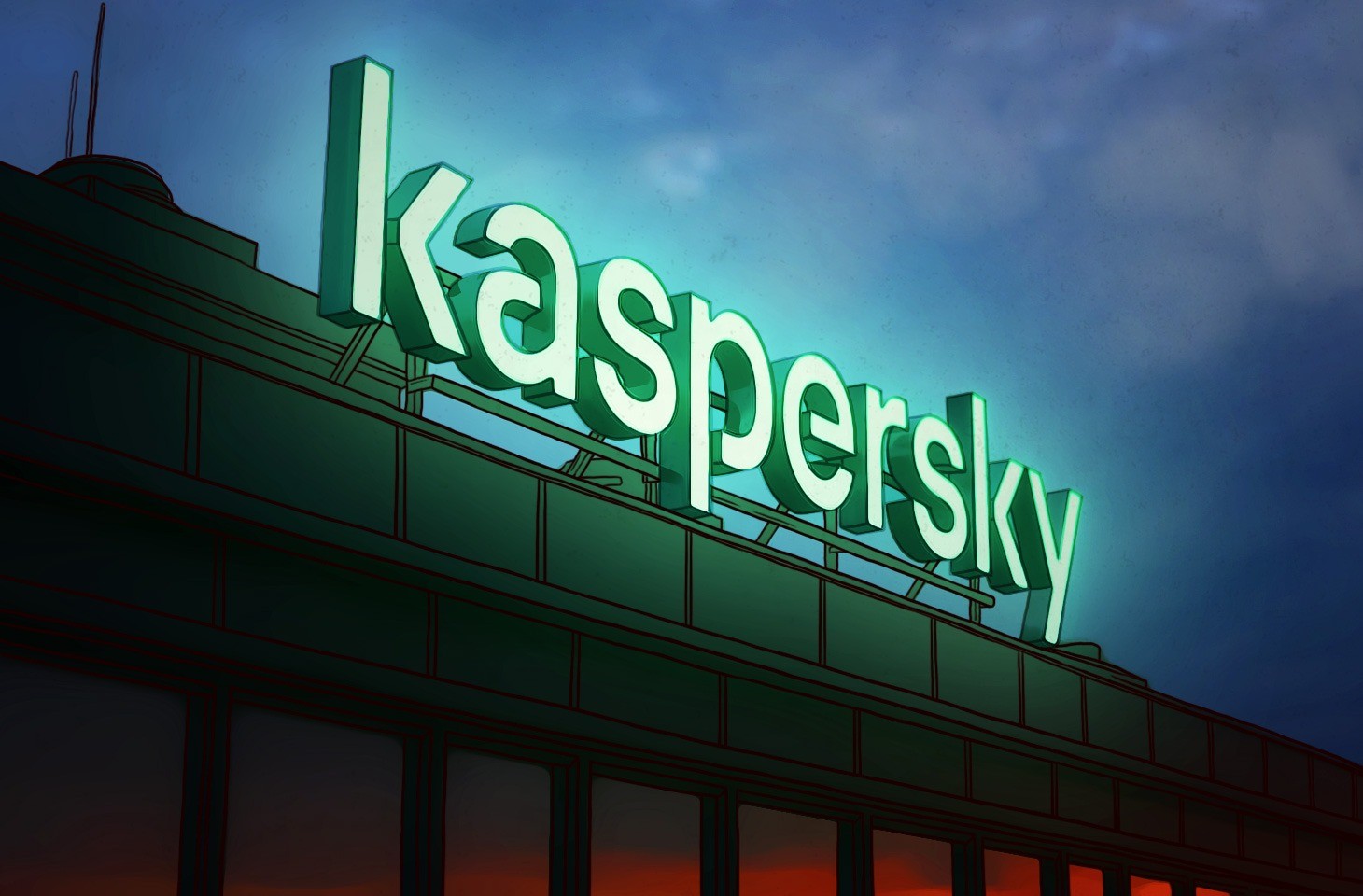September 4, 2019
Our fan club is a teenager already!
If ever I mention while chatting with someone that Kaspersky has a fan club, I immediately get asked: Why? How come an antivirus company has a fan club? Here are the why’s: because it’s been a long time since we just made antivirus protection; because our company is always actively doing fun and interesting stuff; and because people want to participate in what Kaspersky does even if they’re not employees. And, well, it’s just cool to have one.
All this tomfoolery began, it’s scary to recall, 13 years ago, back when we cranked out version 6, which was praised throughout the computer security industry. Almost daily we posted new builds on the forum, where dozens of volunteers would immediately grab this raw but very promising code, install it, and test how well it worked. I think the main motivator for them to participate was the feeling that the developers (the entire team, without exception, followed the forum) instantly incorporated any feedback from bug reports and feature wish-lists. Users liked that they could have a say in the look, behavior, and fate of a popular software product.
Users still have this power to shape our products even today. Every year, our R&D division tests new versions of our products, which have now become numerous and very diverse — there’s even a dozen mobile apps — and the volunteers from our fan club still participate in this testing process. Fans are interested in tinkering with the latest builds, testing new features, and catching bugs. That’s why they participate in these types of closed beta tests. Well, it’s also cool to have the chance to use new products a few months earlier than the rest of the world! Not that we settle for thanking our friends with mere pats on the back … but more on that below.






















